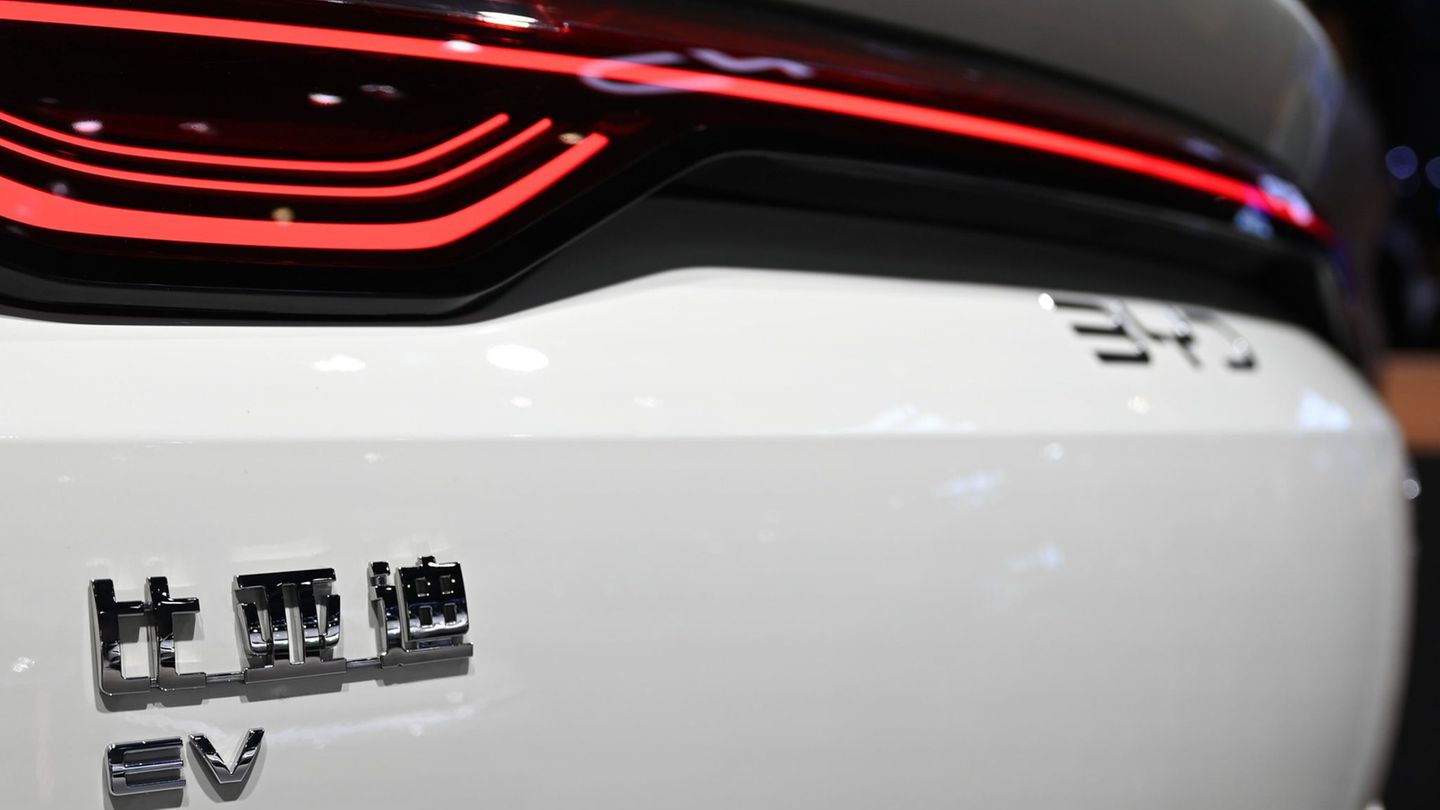Menu
East Asian export offensive: a large majority has no interest in e-cars “Made in China”
Categories
Most Read
Imported goods jumped 9% after the dollar rose
October 16, 2025
No Comments
The discount that will save you hundreds of dollars on your trip: perfect for young people
October 16, 2025
No Comments
the bond operates at 20%, after hitting an intraday ceiling of 93%
October 16, 2025
No Comments
Construction costs exceeded 3% in September and reached their highest level of the year
October 16, 2025
No Comments
Asbestos in baby powder? Billion dollar lawsuit against Johnson & Johnson
October 16, 2025
No Comments
Latest Posts

The UN asked Israel to open more border crossings in Gaza to guarantee the entry of humanitarian aid
October 16, 2025
No Comments
October 16, 2025 – 19:05 Meanwhile, Prime Minister Benjamin Netanyahu stated that they are evaluating reopening the Rafah crossing next Sunday, he announced. The United

If they continue to murder, we will have no choice but to kill them
October 16, 2025
No Comments
October 16, 2025 – 18:31 This Wednesday, US Central Command Brad Cooper “strongly” urged Hamas to cease the “violence and shooting against innocent Palestinian civilians

The rare workout that is effective for people over 65: works forgotten muscles
October 16, 2025
No Comments
October 16, 2025 – 18:30 A useful and little-known exercise to lead a fitness life and strengthen parts of the body that are not so
24 Hours Worlds is a comprehensive source of instant world current affairs, offering up-to-the-minute coverage of breaking news and events from around the globe. With a team of experienced journalists and experts on hand 24/7.

